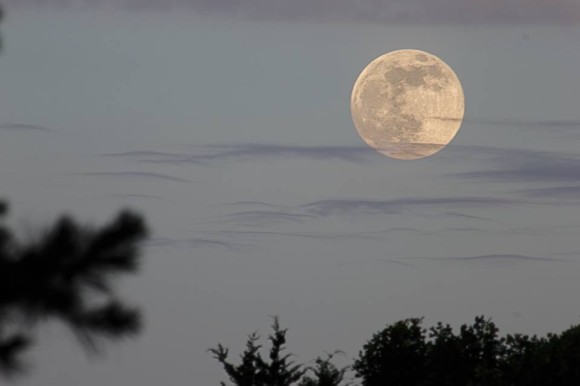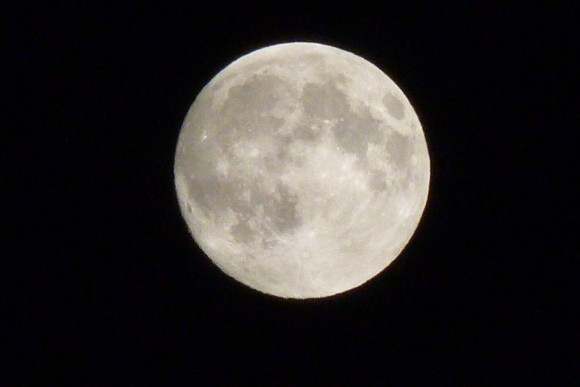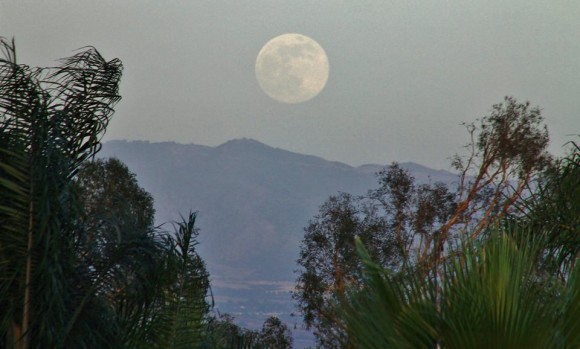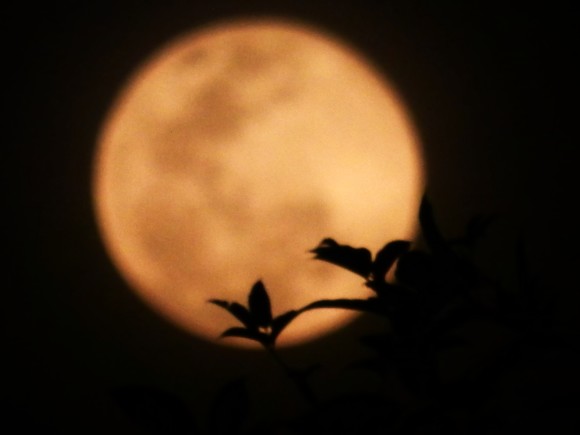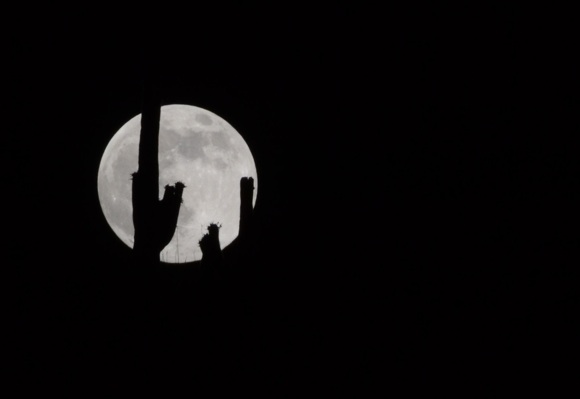2013 largest and closest "Super Moon" occured on June 23, 2013. This Super full moon is not only the closest and largest full moon of the year, it also presents the moon's closest encounter with Earth in a long time.
The moon will not be so close again until August 10, 2014. The Moon's distance varies each month between approximately 357,000 kilometers (222,000 mi) and 406,000 km (252,000 mi) due to its elliptical orbit around the Earth (distances given are center-to-center).According to NASA, a full moon at perigee is up to 14% larger and 30% brighter than one at its furthest point, or apogee.
What is a Supermoon?
The word supermoon didn’t come from astronomy. Instead, it came from astrology. Astrologer Richard Nolle of the website astropro.com takes credit for coining the term supermoon. In 1979, he defined it as: "a new or full moon which occurs with the moon at or near (within 90% of) its closest approach to Earth in a given orbit (perigee). In short, Earth, moon and sun are all in a line, with moon in its nearest approach to Earth."By this definition, according to Nolle: There are 4-6 supermoons a year on average.
That doesn’t sound very special, does it? In fact, the June 2013 full moon lines up much more closely with perigee – the moon’s closest point to Earth – than Nolle’s original definition. According to Guy Ottewell’s Astronomical Calendar 2013, the 2013 June full moon falls only 22 minutes after the moon reaches perigee, the moon’s closest point to Earth for this month and year. At perigee, the moon lies only 356,991 kilometers (221,824 miles) away. Two weeks later, on July 7, the moon will swing out to apogee – its farthest point for the month and year – at 406,490 kilometers (252,581 miles) distant.
A merge of two images: moon from Wikimedia Commons and Superman emblem came from layoutsparks.com
Day and night sides of Earth at instant of June 22-23 full moon

Day
and night sides of Earth at instant of full moon (2013 June 23 at 11:32
Universal Time). In North America, the full moon is setting in the west
at sunrise on June 23. From eastern Asia, it’s rising in the east at
sunset. The full moon resides close to zenith – straight overhead – as seen from the Samoan islands in the central South Pacific Ocean. Image credit: Earth and Moon Viewer
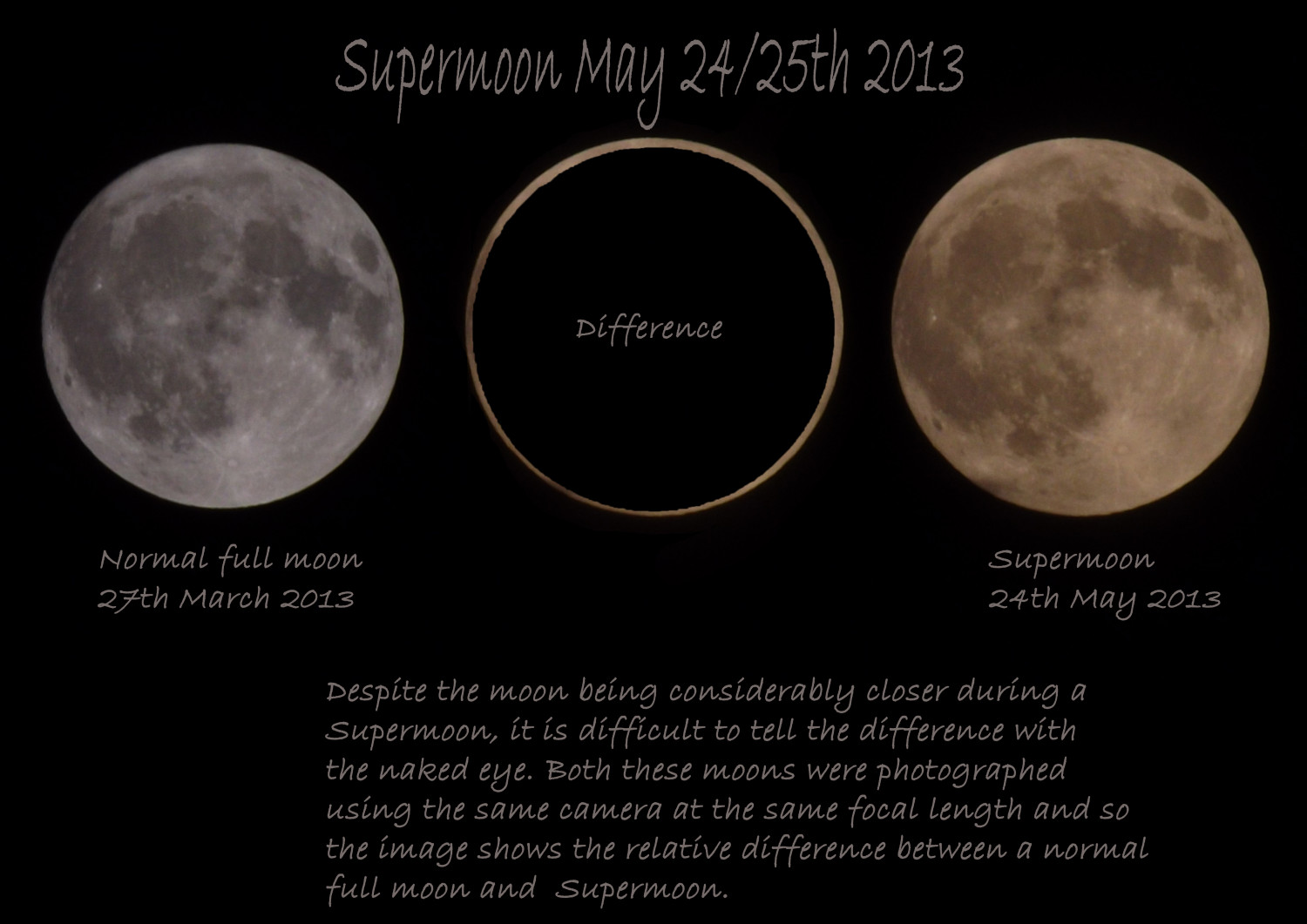
View larger.
| Astronomers say it’s tough to notice the difference in size between a
supermoon and any other full moon. But photographs show it. Check out
this size comparison from our friend Alec Jones in the UK.

Infographic by Jan Diehm for The Huffington Post.
Supermoon on 23 June 2013 Photos from different places of the world.
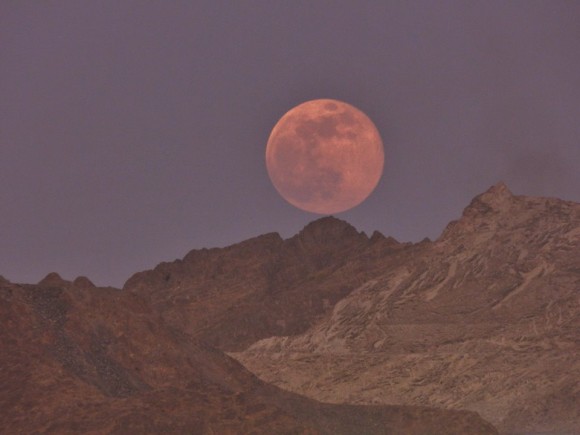
“That’s
how our SuperMoon looked like. In the Sultanate of Oman .. Soft n
Delicate against the rugged n craggy mountains of this desert region.”
Photo credit: Priya Kumar
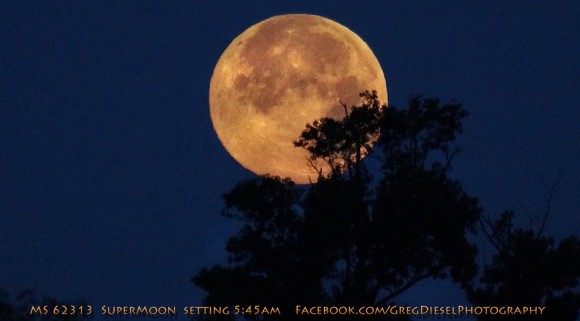
Photo
credit: Greg Diesel. He writes, “As close and big as it will get for
the east coast of the US – 545am moon sets in coastal North Carolina.”

“Last
night SUPERMOON JUNE 23 2013 rising behind the old abandoned pizza
house at Oton Iloilo City Philippines.” Photo credit: Zhean Peter
Nacionales
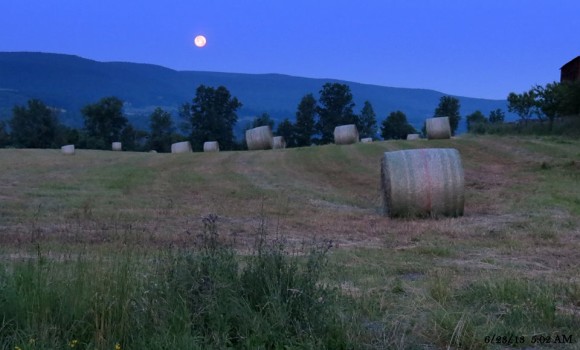
“Good-bye Super Moon. Last night’s Full Moon sets in the West early this morning just before the Sunrise. Schoharie County, New York” Photo credit: Pat Quinn
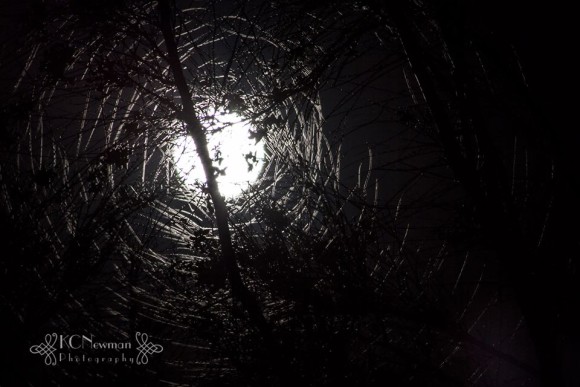
“The
supermoon last night – it made the coolest design with the leaves of
the Jerusalem thorn tree.” Photo credit: Kathy Carson Newman

“Super Moon (Waxing gibbous 96.7%) over Punta Manara, Sestri Levante Italy.”
Photo credit: Maranathi.it Photograpy
Photo credit: Maranathi.it Photograpy

Mother and sons watch the 2013 Supermoon rise through the cloud cover at Tempe Town Lake. Photo credit: Kathleen Kingma

“Taken in Portugal, near my house in a village called Coja in Coimbra region.” Photo credit: Rui Lopes




